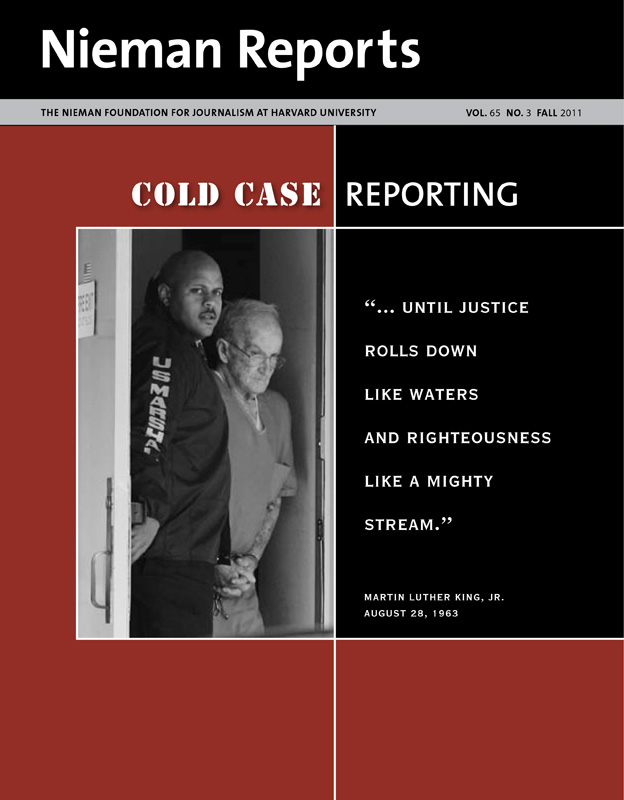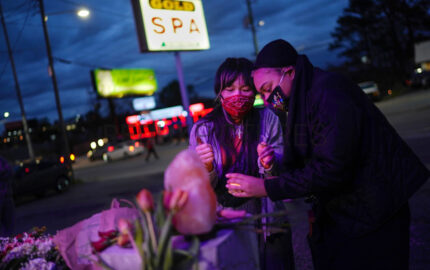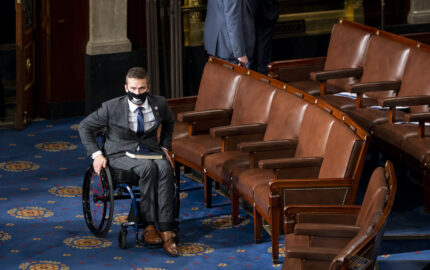In America's long history of racial strife, journalists often have gotten the story wrong. They have blindly embraced official accounts or repeated prejudice and bigotry as received wisdom. They have missed key facts and garbled events, sometimes intentionally, to distort what happened at a particular race riot or lynching. And journalists, like the rest of society, too often have missed key signs of coming trouble.
I came across numerous examples of bad, biased and lazy reporting as I researched my book, "Red Summer: The Summer of 1919 and the Awakening of Black America," in which I set out to tell the story of the worst spate of anti-black rioting and lynching in American history.
From April to November 1919, major cities—Chicago, Washington, Omaha, Charleston, Knoxville and others—erupted in riots. Mayhem exploded in rural Texas, Arkansas, Mississippi, Georgia and elsewhere. Millions of Americans had their lives disrupted. Hundreds of people—most of them black—were killed. Thousands of people were injured and thousands more were forced to flee their homes. Businesses lost millions of dollars to destruction and looting.
Related Article
“Roi Ottley: An African-American Journalist Covers World War II”
– Cameron McWhirter
I found stark examples of journalists failing at their most basic duty: to dig out the truth and present it. Some made excuses for the mobs. Others were apathetic in their reporting. Still others sensationalized events or published rumor as fact, often making matters worse in the streets. Both the establishment white publications and the nascent black press got stories wrong.
In one of the most egregious examples of 1919, the white press swallowed whole a story presented by white leaders in Phillips County, Arkansas that whites had suppressed a plot by black sharecroppers to slaughter the area's white population. Stories detailing the alleged plot were published as factual accounts across the country. Later it was proven that the "uprising" had not been a black plot at all, but instead was a white slaughter of hundreds of black sharecroppers. Many blacks were taken into custody, denied constitutional rights, and fiercely beaten until they "confessed" to the fictitious plot. The mainstream press initially reported none of these atrocities.
Yet some journalists during that fateful summer got the story right, including the poet and reporter Carl Sandburg. In the middle of July 1919, as the Red Summer approached its zenith, The Chicago Daily News ran a series of articles by Sandburg about living and working conditions for Chicago's blacks. Sandburg, 41, already had won acclaim for his poetry and prose, having published several books by 1918. His book of poems, "Cornhuskers," was awarded the Pulitzer Prize in 1919.
Sandburg saw himself as "a people's poet" and that included holding a regular job, which for him meant reporting. He liked to report on larger social issues and Daily News editors assigned him the project to write about the South Side's growing black neighborhood in late June. His articles, starting on July 14, were eerily prescient. They focused on migration, labor conflict, and housing. He spent 10 days speaking with black business owners, black workers, black women, and black migrants—people whose voices were rarely heard in major white publications. He even had a story about newspapers exaggerating black crime.
As he wrote in a brief introduction when Harcourt, Brace and Howe later that year published the articles as a book titled "The Chicago Race Riots, July 1919," "In any American city where the racial situation is critical at this moment, the radical and active factors probably are (1) housing, (2) politics and war psychology, and (3) organization of labor."
In his articles, Sandburg wrote about white thugs bombing black homes because they wanted to stop blacks from moving out of the ghetto. He quoted a white community leader about how his group worked to stop blacks from moving in. The man, L.M. Smith, told Sandburg, "Personally, I have no prejudice against them. I have had experience of many years dealing with them, and I'll say this for them: I have never had to foreclose a mortgage on one of them. They have been clean in every way, and always prompt in their payments." Yet in the same breath, the man insisted, "we can't have these people coming over here."
Sandburg juxtaposed Smith's conflicted racism with the clearheaded views of Charles S. Duke, a black civil engineer working for the city. "White citizens must be educated out of all hysteria over actual or prospective arrival of colored neighbors," Duke told Sandburg.
The range of issues Sandburg addressed in his articles is astounding, considering how little his mainstream competition focused on the social causes of racial tensions. Riot conditions were obviously brewing in Chicago, but few were willing to tackle the core issues head on.
Sandburg's reporting was flawed and tainted by the ubiquitous prejudice of the times. He wrote to his father-in-law: "I have spent 10 days in the Black Belt and am starting a series in the Chicago Daily News on why Abyssinians, Bushmen and Zulus are here."
But the articles were important and remain so because they illuminated the broad social problems creating racial tensions at the time. The answer to them becomes obvious as one reads Sandburg's work: equal treatment for all people under the law, in social interaction and in economics. No other mainstream white journalist in America's second largest city was writing anything close to Sandburg's depth about its festering racial problems.
Joel Spingarn, a member of the board of the NAACP, happened to be visiting Chicago when the series ran. It so impressed him that he brought copies back to New York to show Alfred Harcourt, a friend who had recently cofounded the publishing house of Harcourt, Brace and Howe.
Back in Chicago, Sandburg was preparing more articles outlining "a program of constructive recommendations" to ease racial tensions in the city. Events, however, overtook his plans. On Sunday, July 27, 1919, a young black man named Eugene Williams drowned at a beach after a white man pelted him and his friends with rocks. The incident set off a chain reaction that led to the worst riot of the summer. The rioting consumed the city's South Side for days. Finally thousands of National Guardsmen were sent in to restore order. Dozens were killed, hundreds injured, and hundreds of homes and businesses destroyed. The riot consumed front pages for days, and Sandburg's plans to write "constructive" articles were scrapped. Sandburg later wrote that "as usual nearly everybody was more interested in the war than how it got loose."
But Sandburg's reporting lived on. Readers across the country clamored for his reports. Harcourt brought out the slim book with an introduction by Walter Lippmann, and it sold well. Other works came out about the season, about racial violence and its causes. But "The Chicago Race Riots, July 1919" stood out as an important testament to journalism's power: straightforward reporting, identifying issues, gathering facts, interviewing all sides, and concisely presenting findings to readers. Throughout his life, Sandburg was proud of his 1919 reporting, and considered it some of his best work.
Fifty years after the riots, in turbulent 1969 (two years after the poet's death), Sandburg's book was reissued, this time with a preface by famed Atlanta Constitution editor Ralph McGill. While praising the book, McGill wrote as if Sandburg reported and wrote after the riots. It must have been hard for McGill—especially amid the riotous late 1960's—to fathom that a reporter could have seen social ills when they had not yet exploded into violence. That's how good Sandburg's reporting was.
"This re-issue of Chicago's riot reports of 50 years ago is a bitter-tasting medicine. It indicts us as a people addicted to folly and violent resistance to healthful social and political change," McGill wrote. "If the gentle reader is in need of a chill tonic, then let him open up the bottle of Carl Sandburg's report of 50 years ago and take a dose."
Cameron McWhirter, a 2007 Nieman Fellow, is a reporter for The Wall Street Journal and the author of "Red Summer: The Summer of 1919 and the Awakening of Black America," published this summer by Henry Holt and Company.



